
How to Use RAK16000 WisBlock DC Current Module: Examples, Pinouts, and Specs
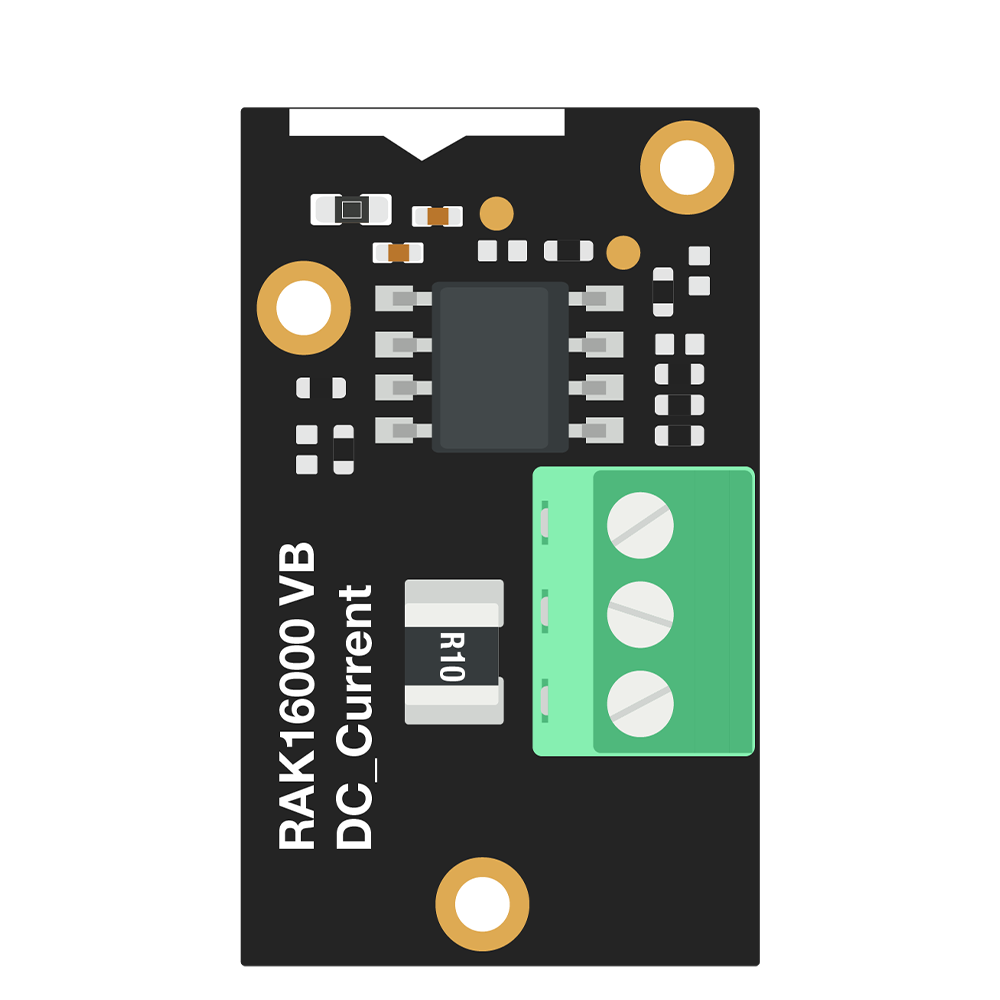
 Design with RAK16000 WisBlock DC Current Module in Cirkit Designer
Design with RAK16000 WisBlock DC Current Module in Cirkit DesignerIntroduction
The RAK16000 WisBlock DC Current Module is a compact and versatile module designed to measure direct current (DC) in a wide range of applications. It provides accurate current readings, making it ideal for monitoring and control in electronic circuits. This module is part of the WisBlock ecosystem, which allows for seamless integration with other WisBlock modules and baseboards.
Explore Projects Built with RAK16000 WisBlock DC Current Module
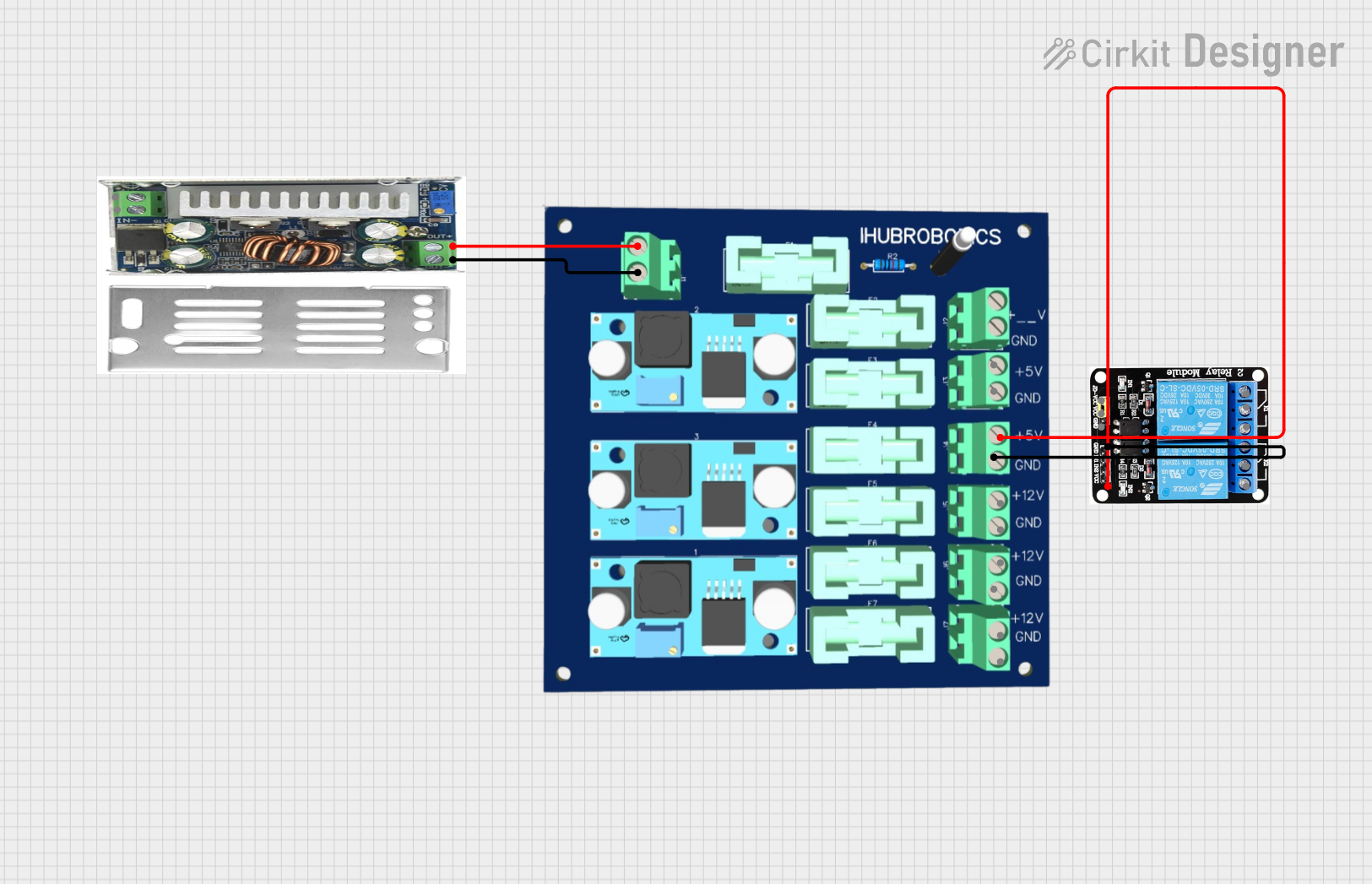
 Open Project in Cirkit Designer
Open Project in Cirkit Designer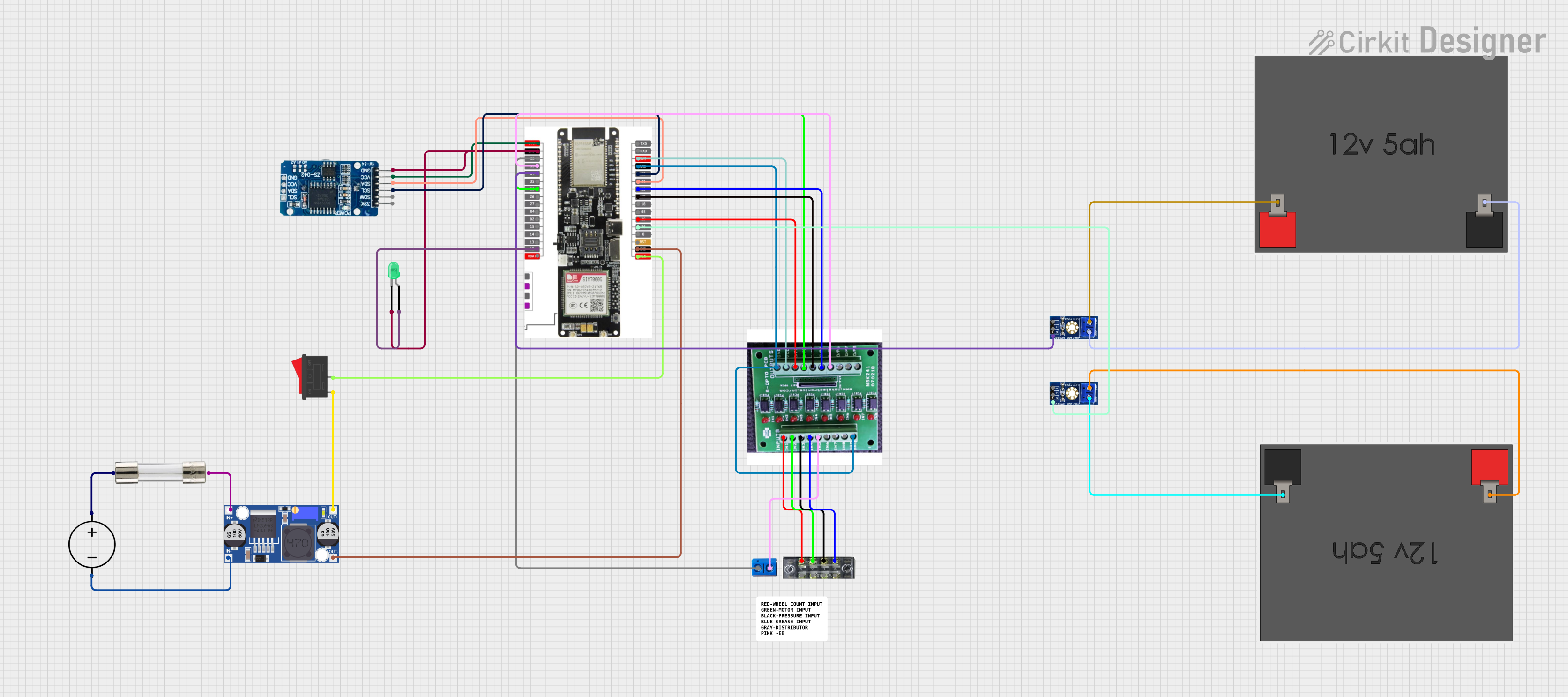
 Open Project in Cirkit Designer
Open Project in Cirkit Designer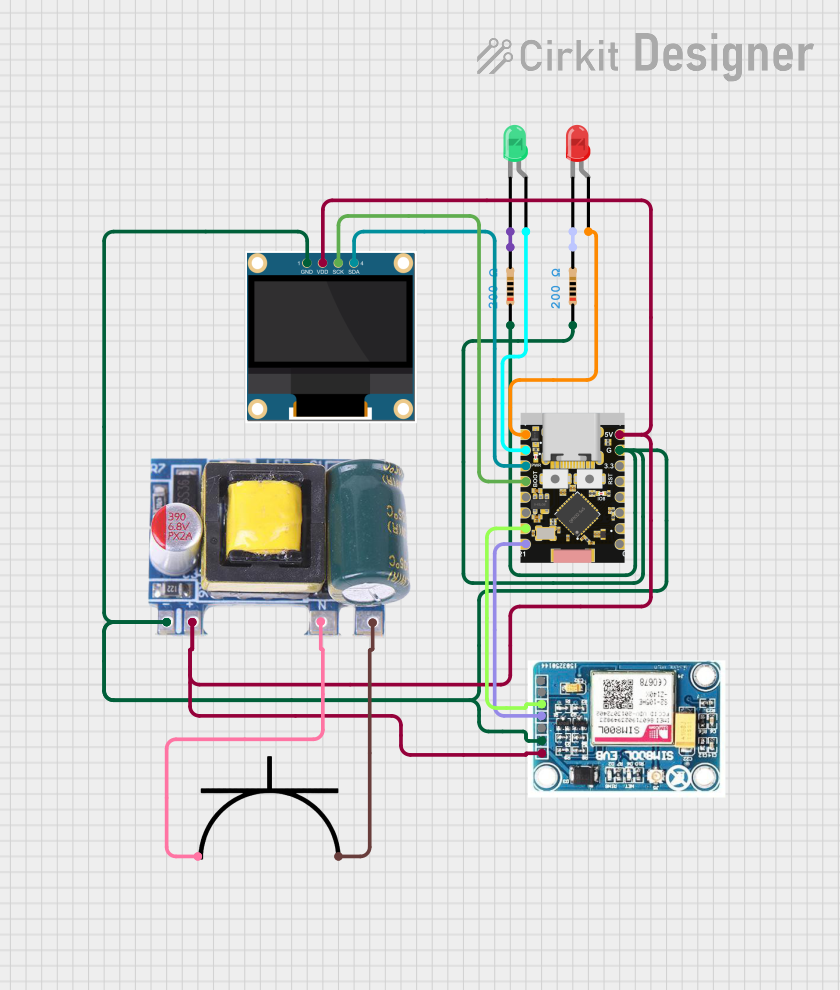
 Open Project in Cirkit Designer
Open Project in Cirkit Designer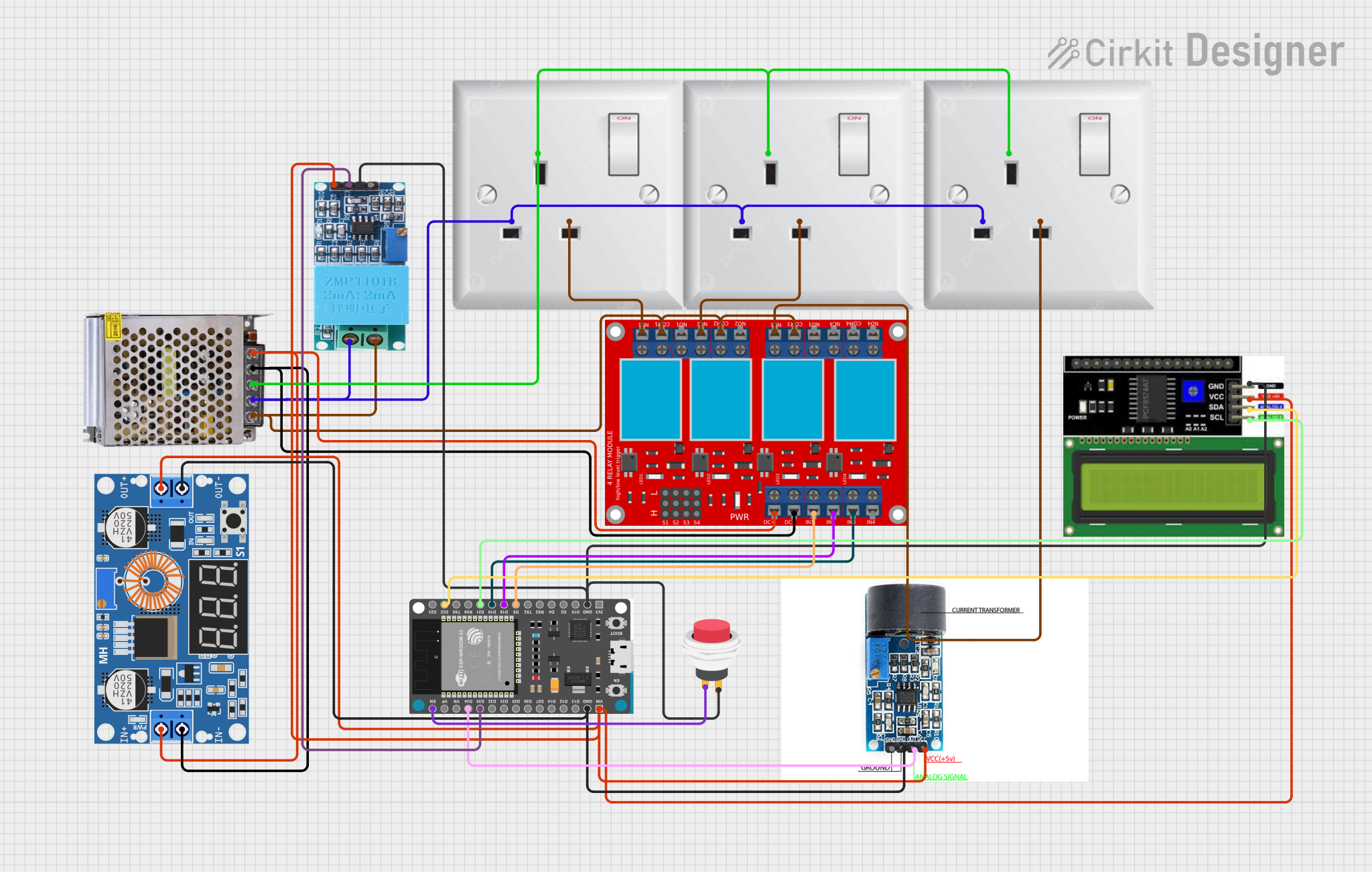
 Open Project in Cirkit Designer
Open Project in Cirkit DesignerExplore Projects Built with RAK16000 WisBlock DC Current Module

 Open Project in Cirkit Designer
Open Project in Cirkit Designer
 Open Project in Cirkit Designer
Open Project in Cirkit Designer
 Open Project in Cirkit Designer
Open Project in Cirkit Designer
 Open Project in Cirkit Designer
Open Project in Cirkit DesignerCommon Applications and Use Cases
- Battery monitoring in IoT devices
- Power consumption measurement in embedded systems
- Current sensing in renewable energy systems
- Industrial automation and control
- Electric vehicle (EV) current monitoring
Technical Specifications
The RAK16000 module is built to deliver precise current measurements while maintaining ease of use. Below are its key technical details:
Key Technical Details
| Parameter | Specification |
|---|---|
| Input Voltage Range | 3.3V to 5V (via WisBlock Baseboard) |
| Current Measurement Range | ±5A |
| Measurement Resolution | 12-bit ADC |
| Communication Interface | I2C |
| Operating Temperature | -40°C to +85°C |
| Dimensions | 25mm x 25mm |
Pin Configuration and Descriptions
The RAK16000 module connects to the WisBlock Baseboard via the standard WisBlock interface. Below is the pin configuration:
| Pin Name | Description | Notes |
|---|---|---|
| VCC | Power Supply (3.3V/5V) | Provided by the WisBlock Baseboard |
| GND | Ground | Common ground |
| SDA | I2C Data Line | Connects to the I2C bus |
| SCL | I2C Clock Line | Connects to the I2C bus |
| IN+ | Positive Current Input | Connect to the positive side of the load |
| IN- | Negative Current Input | Connect to the negative side of the load |
Usage Instructions
The RAK16000 module is easy to integrate into your project. Follow the steps below to use it effectively:
How to Use the Component in a Circuit
- Connect the Module to the WisBlock Baseboard:
- Attach the RAK16000 module to the WisBlock Baseboard using the designated slot.
- Connect the Current Path:
- Connect the positive side of the load to the
IN+pin and the negative side to theIN-pin.
- Connect the positive side of the load to the
- Power the Module:
- Ensure the WisBlock Baseboard is powered with a 3.3V or 5V supply.
- Establish I2C Communication:
- Connect the
SDAandSCLpins to the I2C bus of your microcontroller or WisBlock Core module.
- Connect the
Important Considerations and Best Practices
- Current Range: Ensure the current flowing through the module does not exceed ±5A to avoid damage.
- I2C Address: The default I2C address of the RAK16000 is
0x40. Verify that no other devices on the I2C bus share the same address. - Calibration: For precise measurements, calibrate the module as per your application requirements.
- Noise Reduction: Use proper decoupling capacitors and shielded cables to minimize noise in high-current applications.
Example Code for Arduino UNO
The RAK16000 can be interfaced with an Arduino UNO using the I2C protocol. Below is an example code snippet:
#include <Wire.h>
// Define the I2C address of the RAK16000 module
#define RAK16000_I2C_ADDRESS 0x40
void setup() {
// Initialize serial communication for debugging
Serial.begin(9600);
// Initialize the I2C communication
Wire.begin();
Serial.println("RAK16000 DC Current Module Initialized");
}
void loop() {
// Request 2 bytes of data from the RAK16000 module
Wire.beginTransmission(RAK16000_I2C_ADDRESS);
Wire.write(0x00); // Command to read current data
Wire.endTransmission();
Wire.requestFrom(RAK16000_I2C_ADDRESS, 2);
if (Wire.available() == 2) {
// Read the two bytes of current data
uint8_t msb = Wire.read();
uint8_t lsb = Wire.read();
// Combine the bytes into a 16-bit value
int16_t currentRaw = (msb << 8) | lsb;
// Convert the raw value to current in amperes
float current = currentRaw * 0.001; // Assuming 1mA resolution
// Print the current value
Serial.print("Current: ");
Serial.print(current);
Serial.println(" A");
}
delay(1000); // Wait for 1 second before the next reading
}
Troubleshooting and FAQs
Common Issues and Solutions
No Data from the Module:
- Cause: Incorrect I2C address or wiring.
- Solution: Verify the I2C address and ensure proper connections for
SDAandSCL.
Inaccurate Current Readings:
- Cause: Calibration not performed or excessive noise in the circuit.
- Solution: Perform calibration and use proper shielding and decoupling techniques.
Module Overheating:
- Cause: Current exceeding the ±5A limit.
- Solution: Ensure the current through the module is within the specified range.
I2C Communication Errors:
- Cause: Conflicts with other devices on the I2C bus.
- Solution: Check for address conflicts and ensure proper pull-up resistors are used.
FAQs
Q1: Can the RAK16000 measure AC current?
A1: No, the RAK16000 is designed specifically for DC current measurement.
Q2: What is the resolution of the current measurement?
A2: The module provides a 12-bit resolution, allowing for precise current readings.
Q3: Can I use the RAK16000 with a 5V microcontroller?
A3: Yes, the module supports both 3.3V and 5V logic levels.
Q4: How do I change the I2C address of the module?
A4: The I2C address is fixed at 0x40 and cannot be changed.
By following this documentation, you can effectively integrate the RAK16000 WisBlock DC Current Module into your projects for accurate and reliable current measurements.